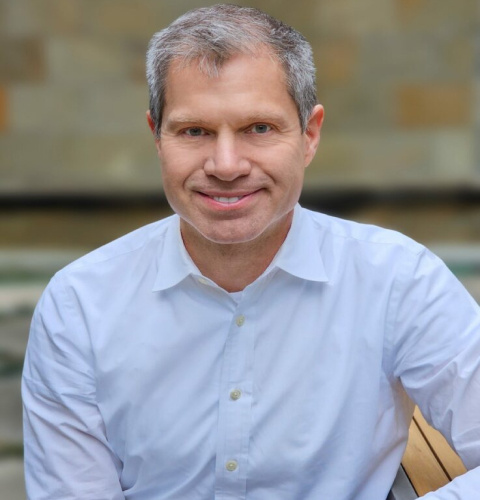Introduction
In the realm of East Asian medicine, we often find ourselves marveling at the poetry behind ancient concepts. The idea of a “Husband-Wife” imbalance may sound peculiar to modern ears, but this lens offers valuable insight into how acupuncture can help restore an individual’s inner equilibrium. By exploring the intersection of Five-Element Acupuncture, trauma, and our innate capacity for growth, we begin to see how timeless philosophy meets practical healing.
The Five-Element Philosophy
At the heart of this discussion lies Five-Element Acupuncture a particular school of thought that emphasizes the cyclical nature of life, seasons, and energy. The five elements Wood, Fire, Earth, Metal, and Water illustrate how our bodies and minds flow in concert with nature:
- Wood (Spring): Growth, flexibility, and potential
- Fire (Summer): Full bloom, vitality, and passion
- Earth (Late Summer): Nourishment and grounding
- Metal (Fall): Letting go, harvesting, and reflection
- Water (Winter): Stillness, introspection, and willpower
In our constant transition from one season to the next, we mirror nature’s cycle of abundance and rest. When we feel “stuck,” it often reflects an imbalance in how these elements communicate within us.
What Is the ‘Husband-Wife’ Imbalance?
The term “Husband-Wife” in classical acupuncture parallels yang (active, outward energy) and yin (restful, inward energy). Traditionally, “husband” signifies the yang dynamic, think of a hunter or gatherer, always in motion. The “wife” embodies the nurturing, yin aspect, often at rest. If these two are misaligned—where yin outweighs yang or vice versa. This can show up as physical or emotional stagnation.
Five-Element practitioners detect this imbalance through pulse diagnosis. We check for subtleties on both wrists, noting where the energy feels weak or excessive. This reveals whether one side (often referred to as the “husband”) needs bolstering so that the “wife” does not become overbearing or depleted.
Four Key Acupuncture Points for Restoration
In Five-Element tradition, a unique treatment protocol corrects this internal mismatch. Four pivotal points are typically used, though any single point might rebalance the pulses on its own:
- Kidney 7 (Returning Current):
- Located along the Kidney meridian.
- Encourages the flow of willpower and rebirth, helping individuals move forward after setbacks.
- Bladder 67 (Extreme Yin):
- Found at the outer corner of the pinky toe’s nail bed.
- Its name hints at tapping into maximal stillness (yin) to ignite a spark of yang.
- Kidney 3 (Great Mountain Stream):
- Strengthens the yang aspect of the Kidney channel.
- Useful for enhancing vitality, resilience, and forward momentum.
- Liver 4 (Middle Seal):
- Associated with the middle region of the body (the “middle jiao”).
- Subtly connects the Metal dimension of self-worth and Wood qualities of growth, helping a person reclaim self-esteem and initiate change.
These four points work together to shift stagnant energy, integrating the deeper water element of introspection with the blooming potential of wood in spring.
Trauma, Stagnation, and the Healing Journey
All too often, emotional or physical trauma can disrupt our internal landscape. Although the triggers vary loss, hurtful words, or more severe experiences. What remains the same is how the body stores such events. In these cases, rebalancing the Husband-Wife dynamic can empower us to release stuck energy and move beyond the hurt.
As patients embark on regular treatments, notable shifts include:
- Improved sense of safety and groundedness
- Renewed clarity and self-esteem
- Enhanced physical vitality and resilience
Acupuncture provides a neural reset and encourages the nervous system to exit a perpetual fight-or-flight mode. In essence, it restores hope, enabling individuals to rediscover flexibility, growth, and a path forward.
Observing the Whole Person
While pulses guide the practitioner, so does empathetic observation. We note voice strength, facial expression, eye contact, and posture. If someone avoids meeting our gaze or speaks in a subdued tone, that too is a reflection of imbalance. East Asian medicine views such signs less as “symptoms” and more as doorways to understanding the patient’s unique energetic narrative.
Moving Forward
If you find yourself cycling through feelings of stagnation—emotional or physical—acupuncture may offer a way out. At times, people simply need a subtle realignment that reignites the will to keep going. Acupuncture’s gentle nudge can feel like a graceful transition from winter’s stillness to springtime’s vibrant renewal.
For those near Atlanta, consider visiting Metro Acupuncture to explore how a Five-Element approach can support your healing process. You might just rediscover a part of yourself you thought was lost.
For a deeper look into modern research and perspectives on acupuncture, the National Center for Complementary and Integrative Health offers comprehensive resources.
In the end, the Husband-Wife imbalance is more than a poetic concept; it’s a reminder that we need both activity and rest, outward striving and inward reflection, in order to thrive. By restoring this delicate dynamic, we pave the way for personal growth, renewed energy, and an authentic sense of self-worth. Just as nature unfolds in seasons, so too can we with the right balance move from winter’s stillness to spring’s promise of renewal.
-
Mark A. Lewinter, DACM, L.Ac. has a Doctor of Acupuncture and Chinese Medicine degree from Pacific College of Health and Science and a Master of Science degree in Oriental Medicine from Southwest Acupuncture College. His interest in studying East Asian Medicine started at age thirteen when he was diagnosed with cancer. While undergoing chemotherapy, he also incorporated alternative medicine to facilitate his recovery.
View all posts
